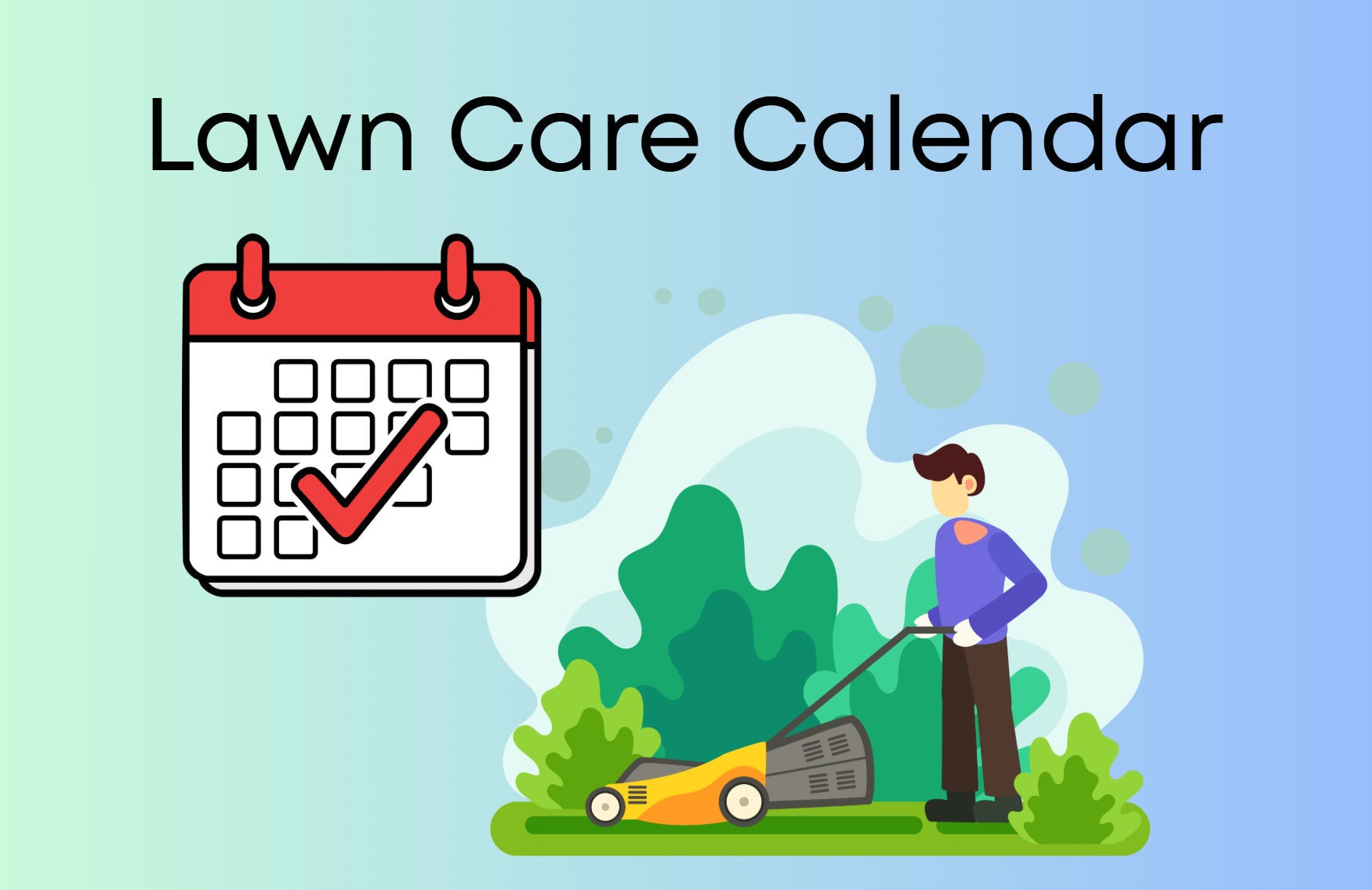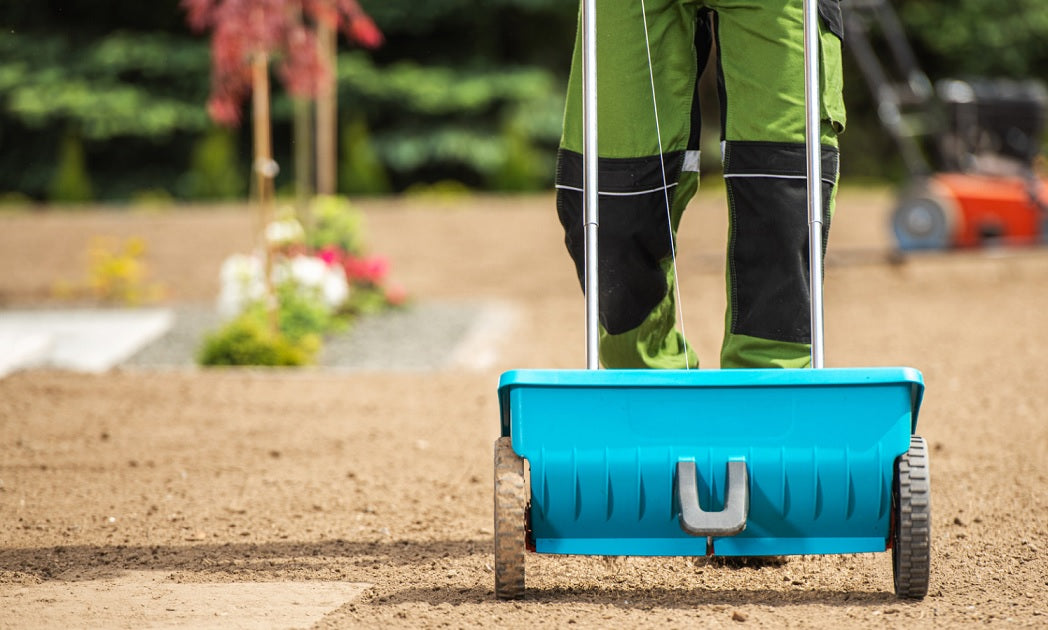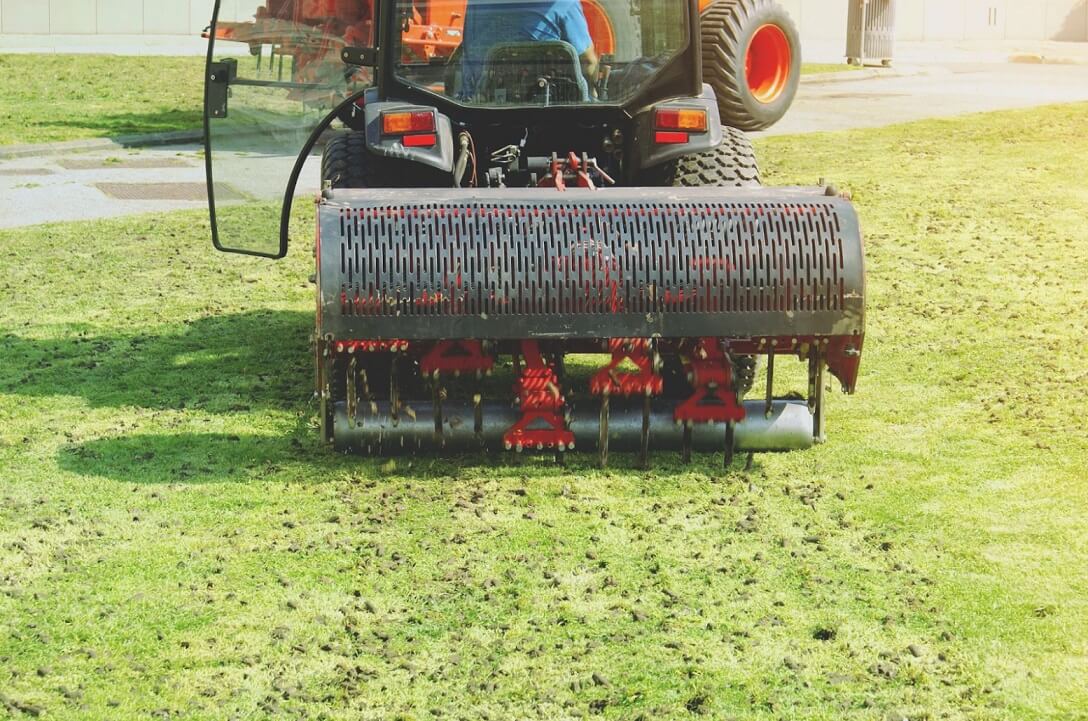Let's be honest—figuring out how often to mow your lawn isn't exactly something most of us were taught in school. Most of us just wing it, or start Googling when the yard starts looking more like a jungle than a lawn. But here's the thing: mowing too much or too little can actually do more harm than good.
If you're after that lush, vibrant, envy-of-the-neighborhood kind of yard—but without wasting your weekends—this guide's for you. We'll break down how often you really need to mow, what factors actually matter, and yep, how to make lawn care way easier. Let's dive in.
Why Lawn Mowing Frequency Matters
How often you mow can seriously affect how healthy and resilient your lawn is. Mow too short, and you risk stressing the grass, making it more vulnerable to heat, disease, and bare patches. Wait too long, and overgrown blades start to shade the lower grass, blocking sunlight and trapping moisture, which is perfect conditions for weeds and pests to thrive.
But when you mow regularly and at the right height, three big things happen:
- Your Grass Gets Thicker and Fuller. Frequent mowing encourages lateral growth, meaning the grass spreads out instead of just growing tall. This creates a dense, carpet-like lawn that looks great and naturally crowds out weeds. According to the University of California's lawn care research, maintaining consistent mowing height promotes a more uniform and vigorous turf.
- Weeds Get Less Room to Grow. A thick, well-maintained lawn acts as a natural weed barrier. Weeds need space and sunlight to take root, something they won't get if your grass is healthy and dense. The University of Maryland Extension also notes that regular mowing can reduce weed seed heads before they mature.
- Roots Grow Deeper and Stronger. When you avoid chopping off too much at once, your grass has the energy it needs to focus on root development. Deep roots are key to surviving drought and heat waves, making your lawn more self-sufficient and less dependent on constant watering.
- Fewer Pests, Less Trouble. Tall, messy grass is prime real estate for pests like ticks, fleas, and mosquitoes. Regular mowing clears out their hiding spots, improves air flow and sunlight, and helps prevent both bugs and lawn diseases. A neat lawn isn't just nicer to look at, it's also much less inviting to unwanted guests.
In other words, a solid mowing routine isn't just for neat and inviting looks—it sets your lawn up to actually thrive.
Key Factors That Affect Mowing Frequency
So, how often should you mow? Well, it's not one-size-fits-all. The best mowing frequency depends on a few key things, like your grass type, the season, and even the weather that week. Here's a breakdown to help you figure out what your lawn actually needs.
Grass Type
Different grasses grow at different speeds—and that changes everything.
- Cool-season grasses (like fescue, bluegrass, or ryegrass) tend to grow quickly in the spring and fall, and require mowing every week, but slow down once the summer heat kicks in, and you can mow it every 10-14 days.
- Warm-season grasses (like Bermuda, zoysia, or St. Augustine) love the heat and do most of their growing in late spring and throughout summer, which requires mowing every 4-7 days. And if the summer heat is too strong they usually go dormant.

That's to say, it's better to identify your grass type first, it'll be your starting point for a solid mowing plan. If you are not sure what's in your yard, check your state's Agricultural Extension Service website (they usually have great local info), or just do a quick Google search with your region and “lawn grass types.”
Seasonal Changes & Grass Growth
Grass doesn't grow at the same pace year-round. Here's a quick cheat sheet:
- Spring: This is when your lawn really wakes up and kicks into gear, grass typically grows more vigorously, requiring more frequent mowing. You should mow about once a week, possibly more if growth is aggressive.
- Summer: During summer, maintain a consistent weekly mowing schedule to keep the lawn healthy, maybe even twice a week if conditions are ideal. For cool-season lawns, you can let the grass grow a bit taller to shade its own roots and conserve moisture. You can mow every 10–14 days or as needed. Steer clear of mowing during the hottest part of the day. Early mornings or late afternoons are much easier on both you and your grass.
- Fall: Growth picks up again for cool-season lawns, so don't pack your lawn mower away just yet. Resume regular mowing about once a week and remember to keep grass slightly taller going into late fall to protect roots during winter. Also, don't stop mowing too early; keep mowing until growth really stops, usually after the first frost.
- Winter: Most grasses go dormant, so it's chill time for both you and the mower, especially in colder climates. There's usually no need to mow unless you're in a warmer climate where grass still grows a little. If you do mow, raise the blade height and make sure the ground isn't frozen or soggy. Winter is also a good time to clean and maintain your mower so it's ready for roll come spring.
Weather Conditions
Rainfall and sunshine directly affect grass growth rates. During wet periods or warm spells, we may need to mow more frequently to keep the grass at the right height. However, if it's too dry, Grass might barely grow at all. Pay attention to your lawn instead of sticking to a strict calendar.
Tips for Effective Lawn Maintenance
Maintaining a healthy lawn requires attention to detail and some best practices.
Mow with Sharp Blades
Dull mower blades can tear the grass rather than cut it cleanly, which leads to frayed edges that turn brown and invite disease. Keep your blades sharp for a clean cut and a clean look.
Mow When the Grass is Dry
Wet grass tends to bend instead of standing tall, which makes it harder to get an even cut. It also clumps up under your mower, leaving messy clippings that smother your lawn. Wait until things dry out—you'll get a better cut and save your mower some work.
Change Up Your Mowing Pattern
Always mowing in the same direction? Over time, your grass learns to lean one way, and your mower wheels can create permanent tracks. Switch things up—go north-south one week, then east-west the next—to keep your lawn looking even and full.
Set the Right Height
Cutting too short can stress the grass, making it susceptible to diseases. On the flip side, waiting too long between mows leads to overgrown grass that blocks sunlight at the base and invites weeds. That's why pros follow the “one-third rule”: Never cut more than one-third of the grass height in a single mow. For example: If your ideal lawn height is 6cm, mow before it grows beyond 9cm.
related reading: What is the best height to cut grass?
Leave Clippings
Leave grass clippings on the lawn, which returns up to 85% of nutrients back into the soil and can reduce your fertilizer needs by about 30%. Just make sure clippings are short and evenly spread, so they don't smother your lawn. This works best with regular mowing, sharp blades, and dry grass.
Special Tips for New Sod
Got fresh turf? Treat it gently at first. For your lawn's first mow after laying new sod, wait around 10–14 days to let the roots settle in. (Pro tip: tug on the sod. If you see white roots, you're good to go.) Set your mower blade high and aim to cut at about 3.5 to 4 inches (9–10 cm) to avoid stressing those shallow new roots.
Also, skip heavy gear like riding mowers for now—the weight can shift or damage your fresh turf before it's fully anchored.
Feeling a bit of pressure? You're not alone. Keeping up with regular mowing is tough. Busy schedules, bad weather, and unexpected plans can easily throw things off. Miss one mow, and your lawn's rhythm gets messed up. Cut too much at once? You risk damaging the grass.
So… what's the solution?
Smart Lawn Care: Let Robot Lawn Mowers Help
Choosing the appropriate lawn mower can significantly impact the quality of the mow. So which type is right for you? Here are some common types of mowers and their suitability.
| Mower Type | Best For | Key Features |
|---|---|---|
| Manual Push Mower | Small to medium-sized lawns | Pros: full manual control, low upfront cost, environmentally friendly Cons: high physical demand. |
| Electric Lawn Mower | Small to medium-sized lawns, noise-sensitive areas | Pros: Quieter and cleaner than gas mowers Cons: Still requires manual operation |
| Petrol Mower | Larger lawns or tougher grass | Pros: capable of handling dense areas, faster than manual Cons: but loud, fuel-hungry, and not very eco-friendly |
| Robotic Lawn Mower | Small to medium-sized lawns, tech-savvy owners | Pros: schedule-based cutting, self-charging, low maintenance, app control, obstacle avoidance and so on. Cons: higher upfront cost, some models may need perimeter setup. |
When you compare them side by side, it's clear: Smart robot lawn mowers take the hassle out of lawn care—no noise, no gas, no drama. Just set the schedule, and it'll keep your lawn in perfect shape, day in and day out.
So how does a robot lawn mower take care of mowing—smartly and scientifically? Turns out, it's got every angle we mentioned covered:
- Busy schedule? Just set your mowing routine in the app—it sticks to it, rain or shine.
- Need to switch up mowing patterns? Built-in navigation tech like GPS and visual sensors (EFLS) help it map your yard and mow efficiently, avoiding ruts or missed spots.
- Worried about wet grass? Smart models detect weather conditions and skip mowing when the lawn's too damp, protecting your turf from damage.
- Want the perfect mowing height? Easily adjustable right from the app—tailor it to your grass type and the season.
- Prefer to leave clippings? Since it cuts often, it leaves behind ultra-fine clippings that break down quickly and feed your lawn naturally.
- Got new sod? No problem—robot mowers are lightweight, so they won't shift or compact your freshly laid turf.
And that's just scratching the surface. A robot mower is like having a smart lawn expert on autopilot—quietly keeping your yard healthy, tidy, and hassle-free. Imagine this: your lawn gets trimmed like clockwork, always at the right height, no matter the weather, your schedule, or whether you even remember it needs mowing.
Conclusion
How often you mow your lawn can make or break your grass. But with the right timing, and smarter tools, you can enjoy a lush, green yard without sacrificing your weekends. Tired of pushing that old mower around? It might be time to upgrade your lawn care game. Ready to reclaim your free time? Check out the robotic lawn mowers and let your lawn take care of itself.
More Blog
When is the Best Time to Plant Grass Seed?
Every lawn owner is eager to get rid of those bald patches and make the lawn lush and green from every corner. But you can’t just grab grass seeds and plant them whenever you want. Beginners often don’t know the...
Summer Lawn Care Tips: Smarter Lawn Care for a Better Season
Summer's finally here. A time when the days are long, the sun is high, and the sweet smell of freshly cut grass hangs languidly in the air. For many of us, a lush, green lawn is the centerpiece of summer,...
Month-by-Month Lawn Care Calendar for the US
Lawns are sensitive, so you have to do everything at the right time, whether mowing, applying fertilizer, or watering. Otherwise, you will end up ruining your lawn while trying to make it healthier. Beginner gardeners and new lawn owners often...
How to Overseed a Lawn in Spring?
Does your lawn look thin and patchy? Many people would have suggested overseeding it in spring. But you’re still confused about how to complete that process. It’s not just sprinkling some seed on the soil and hoping water will do...
When To Fertilize Your Lawn In Spring
The first time you fertilize your lawn in spring can set up healthy, lush growth for the entire year. However, getting the time right is essential to ensure excellent results. You might be wondering how to figure out the perfect...
Should You Aerate Your Lawn in Spring
Planning to aerate your lawn this season, but unsure because of the mixed views on spring aeration? Many homeowners face the same confusion. Some say spring works fine, while others warn against it, which makes the decision harder than it...






Share: